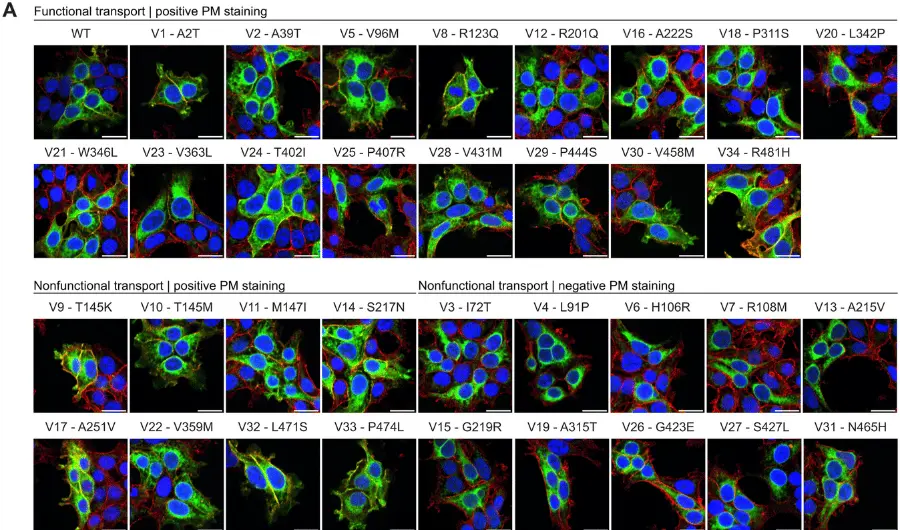Risk of Seizure Recurrence From Antiepileptic Drug Withdrawal Among Seizure-Free Patients for More Than Two Years
November 10, 2020
Abstract, originally published in Epilepsy and Behavior
Objective: The aim of this study was to determine the outcome of antiepileptic drug (AED) withdrawal in patients who were seizure-free for more than two years.
Methods: Patients with epilepsy who were seizure-free for at least two years and decided to stop AED therapy gradually were followed up every two months for seizure relapse. The inclusion criteria were as follows: (1) diagnosis of epilepsy, defined as the following conditions: (1) at least two unprovoked (or reflex) seizures occurring >24 h apart; (2) one unprovoked (or reflex) seizure and a probability of further seizures similar to the general recurrence risk (at least 60%) after two unprovoked seizures, occurring over the next 10 years; (3) diagnosis of an epilepsy syndrome; (3) patients remained seizure-free for at least 24 consecutive months during AED therapy; and (3) patients expressed a desire to discontinue AED therapy gradually and agreed to return for regular follow-ups. The time to a seizure relapse and predictive factors were analyzed by survival methods, including sex; age at seizure onset; number of episodes; seizure-free period before AED withdrawal; duration of follow-up after AED withdrawal; AED tapering off period (taper period); results from brain magnetic resonance (MRI); electroencephalogram (EEG) after drug withdrawal; EEG before drug withdrawal; seizure type (classified as generalized, partial, or multiple types based on history); and the number of AEDs administered for long-term seizure control. A log-rank test was used for univariate analysis, and a Cox proportional hazard model was used for multivariate analysis.
Results: We selected 94 patients (58 men, 36 women). The relapse ratio was 29.8%. Univariate analysis and multivariate Cox regression analysis indicated that withdrawal times and multiple AEDs, as well as the seizure-free period before withdrawal and abnormal EEG after drug withdrawal were significantly correlated with seizure recurrence and were significant independent predictive factors, with a hazard ratio of 0.839 and 3.971, 0.957, and 3.684, respectively.
Significance: The relapse rate in our study was similar to commonly reported overall rates for epilepsy. Distinguishing variables, such as withdrawal times, multiple AEDs, seizure-free period before withdrawal, and abnormal EEG after drug withdrawal, need to be considered when choosing to withdraw from AEDs. Therefore, our recommendation is that after two years of seizure-free survival, patients could consider withdrawal unless they have hippocampal sclerosis (HS).







